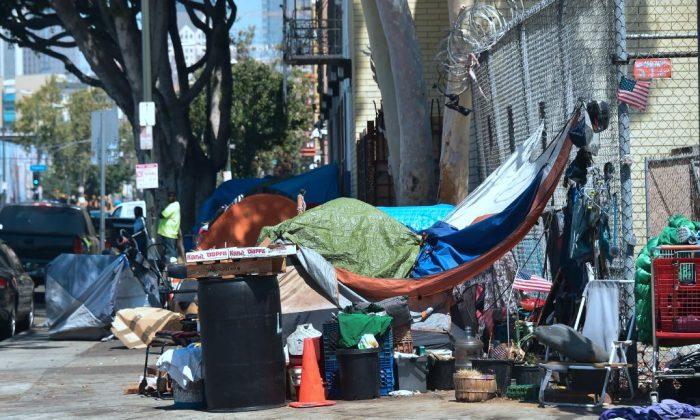In San Diego County, public health workers are taking to the streets to vaccinate the population of homeless people, who can be hard to find and to inform.
They are hoping to stem the second-worst outbreak of the disease in 20 years. But unlike the previous major outbreak in Pennsylvania in 2003, which was traced back to contaminated green onions, there is no single, clear source.
Efforts to combat the spread of the disease include cleaning streets with bleach and water to clear away fecal and other contaminated matter, as well as providing washing stations. A lack of bathrooms among homeless populations makes disease prevention difficult.
Last week brought 20 more cases and 22 more hospitalizations, but the number of dead has held steady at 17 for two weeks.
“The investigation is ongoing and challenging because of the long incubation period of the disease (15 to 50 days) and the difficulty experienced to contact many individuals sickened with the illness who are homeless and/or illicit drug users,” the county’s health department says on its website.
“The source of the outbreak remains undetermined,” it adds.
It also asks them to “suspect acute hepatitis A” when such patients report symptoms like abdominal pain, nausea, vomiting, and fever.
People who provide services or interact often with homeless people have also been asked to get vaccinated. Several such people have been infected since the outbreak.
Even with the right prevention efforts, the outbreak could continue.
“It’s not unusual for them to last quite some time—usually over a year, one to two years,” she said.





